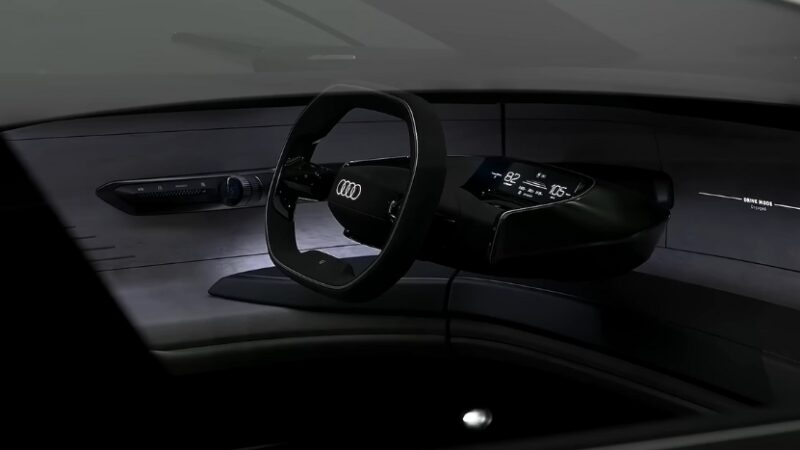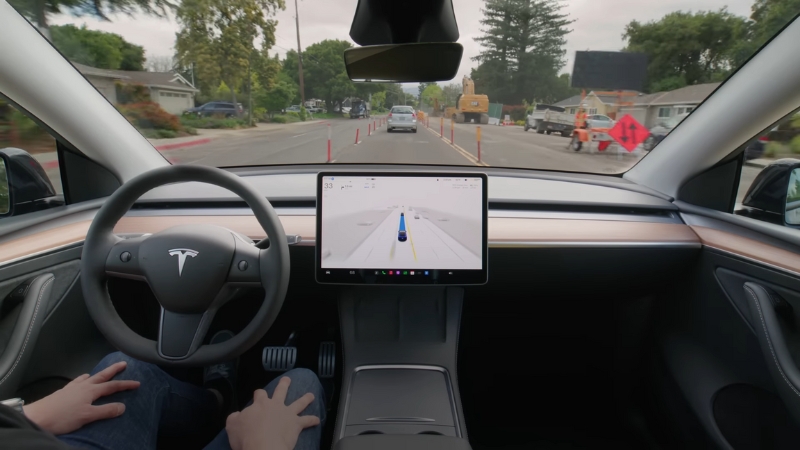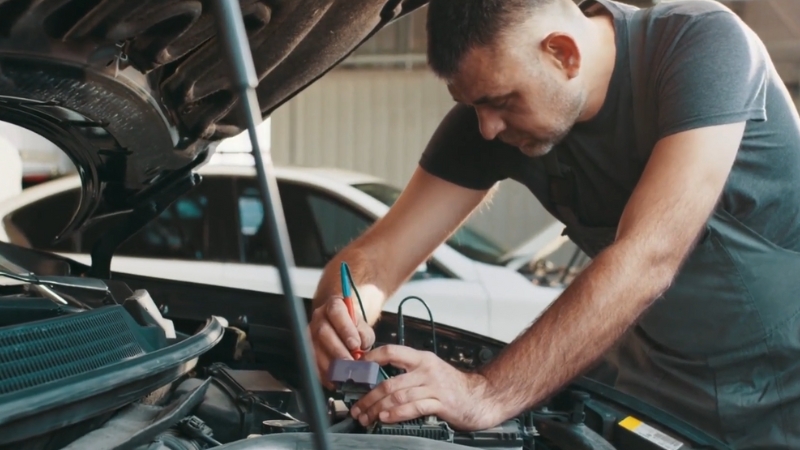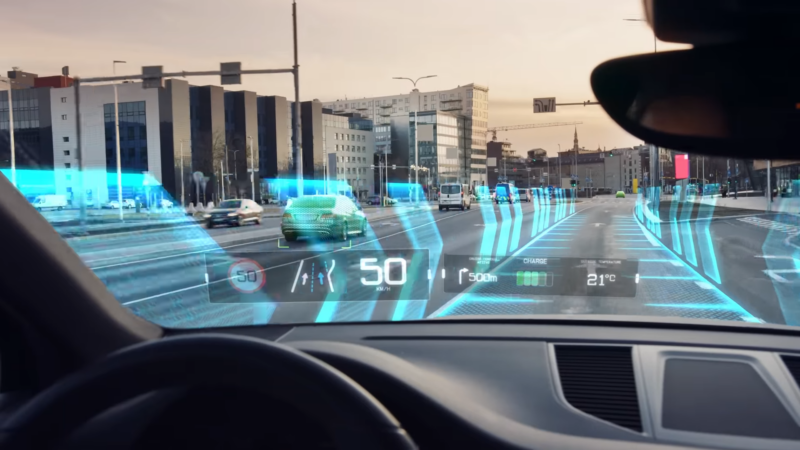Cars today feel like rolling computers. Touchscreens, sensors, and even semi-autonomous features have turned vehicles into high-tech marvels.
On one hand, they make driving safer, smoother, and more fun. On the other, they’ve opened the door to a frustrating world of glitches, bugs, and breakdowns.
So, are we better off with all this tech in our cars? Let’s explore what’s going on under the hood—figuratively speaking.
The Rise of High-Tech Cars

Modern cars are light-years ahead of the vehicles our parents and grandparents drove. What used to be mechanical—like rolling down a window—has been replaced by electronics. And that’s just the start. Some of the most game-changing features include:
What’s Changing?
- Advanced Driver-Assistance Systems (ADAS): Think lane-keeping assist, adaptive cruise control, and emergency braking. These systems use sensors, cameras, and processors to make driving safer.
- Infotainment Overload: From touchscreens to navigation to Bluetooth connectivity, today’s dashboards look more like a tablet than a traditional control panel.
- Electric and Hybrid Revolution: Electric vehicles (EVs) and hybrids come with high-tech battery systems and power management features.
- Autonomous Driving: While not fully mainstream, self-driving tech like Tesla’s Autopilot is pushing boundaries with sensors and AI.
These advancements are exciting, but they come with a catch. For every new feature, there’s a new electrical system or software component that can go haywire.
One standout example of how technology has transformed the driving experience is the rise of advanced tools like portable jump starters, designed to complement high-tech vehicles.
These devices, such as the DBPOWER 3000A Portable Car Jump Starter, offer powerful, compact solutions for on-the-go battery support and emergency preparedness.
You can explore more about its features and benefits find here. As cars grow increasingly reliant on electrical systems, tools like these are becoming essential for modern drivers.
The Upsides of Car Tech
View this post on Instagram
Let’s give credit where it’s due. The tech in today’s vehicles has brought undeniable benefits:
- Safety First: ADAS systems save lives. Features like blind-spot monitoring and automatic braking reduce accidents.
- Comfort & Convenience: Heated seats that remember your settings, voice-controlled navigation, and instant smartphone connectivity make driving easier.
- Environmental Impact: Electric vehicles and hybrids are helping reduce greenhouse gas emissions.
- Cool Factor: There’s no denying the allure of self-parking cars and dashboards that look like they belong in a sci-fi movie.
But as amazing as these advancements are, they’ve created a new type of headache for drivers and manufacturers alike.
Where Things Go Wrong: Common Electrical Issues
As tech evolves, so do the ways it can fail. Electrical systems are more complicated than ever, which means more room for problems. Here’s what many drivers are dealing with:
Software Glitches
Infotainment systems can freeze, reboot unexpectedly, or refuse to pair with your phone. Ever been halfway through a road trip when your GPS crashed? It’s infuriating.
Sensor Failures
A Survey on Sensor Failures in Autonomous Vehicles: Challenges and Solutions https://t.co/gHIRkWKcYU#autonomousvehicles; #sensorfailures; #faulttolerance pic.twitter.com/4BdLTiJdKL
— Sensors MDPI (@Sensors_MDPI) November 1, 2024
ADAS features rely heavily on sensors, which aren’t foolproof. A malfunctioning sensor might not detect an obstacle, potentially causing an accident—or it might give a false alarm, leaving drivers rattled.
Battery Management Problems
EVs and hybrids have introduced a new level of complexity with battery management systems. If the software overseeing your car’s battery fails, you could end up with reduced range—or, in extreme cases, a non-functioning car.
Connectivity Woes
Bluetooth and Wi-Fi systems in cars sometimes refuse to cooperate. Calls drop, music won’t stream, and it feels like you’re fighting with your car’s tech just to enjoy basic features.
Real-World Examples

When you hear about tech issues in cars, certain stories stand out. Here are a few notable ones:
- Tesla’s Autopilot System: Tesla has faced lawsuits and regulatory scrutiny due to Autopilot failures. In some cases, the system didn’t detect obstacles, leading to crashes. These incidents highlight the risks of relying too heavily on imperfect tech.
- Ford’s MyFord Touch: Ford introduced an ambitious infotainment system, but users were left frustrated by its clunky interface and frequent crashes. The backlash was so strong that it hurt Ford’s reliability ratings for years.
These examples aren’t outliers. As cars get more complex, these issues are becoming increasingly common.
Why Are Electrical Issues So Prevalent?
It’s not just bad luck—there are real reasons why electrical systems in modern cars are more prone to problems.
- Increased Complexity: More features mean more components that can fail. A simple mechanical problem can be easier to diagnose and fix than a glitch in a sophisticated electrical system.
- Software Overload: Cars now rely on millions of lines of code. Even small bugs in software can create significant headaches.
- Environmental Challenges: Sensors and electronics are exposed to heat, cold, moisture, and vibration—conditions that aren’t kind to delicate tech.
- Rushed Innovation: Automakers are racing to pack as much tech into their vehicles as possible. Sometimes, they prioritize speed over thorough testing.
How Can Drivers and Automakers Make Things Better?

The good news is that solutions exist—for both car manufacturers and the people who drive their creations. Here’s what could help:
For Automakers
- Thorough Testing: It’s crucial to test every component extensively before rolling out a new vehicle.
- Focus on Quality: High-quality sensors, processors, and wiring can minimize failures.
- Over-the-Air Updates: Many manufacturers are already doing this. It allows them to fix bugs and improve features without requiring a trip to the dealership.
For Drivers
- Stay Updated: Regularly check for software updates. These can fix known bugs and keep your car running smoothly.
- Learn Your Car’s Features: Familiarizing yourself with the tech in your vehicle can prevent accidental misuse.
- Routine Maintenance: Keep your vehicle in good shape by addressing minor issues before they become major problems.
The Big Question – Better or Worse?

So, has technology made cars better or worse? It’s not an easy question to answer. On one hand, modern features improve safety, comfort, and efficiency. On the other, they’ve added a layer of complexity that can lead to frustration and higher repair costs.
For now, the best approach might be cautious optimism. Embrace the benefits of modern car tech, but be prepared for the occasional hiccup. And as manufacturers continue to refine their designs, we can hope for a future where innovation and reliability go hand in hand.

